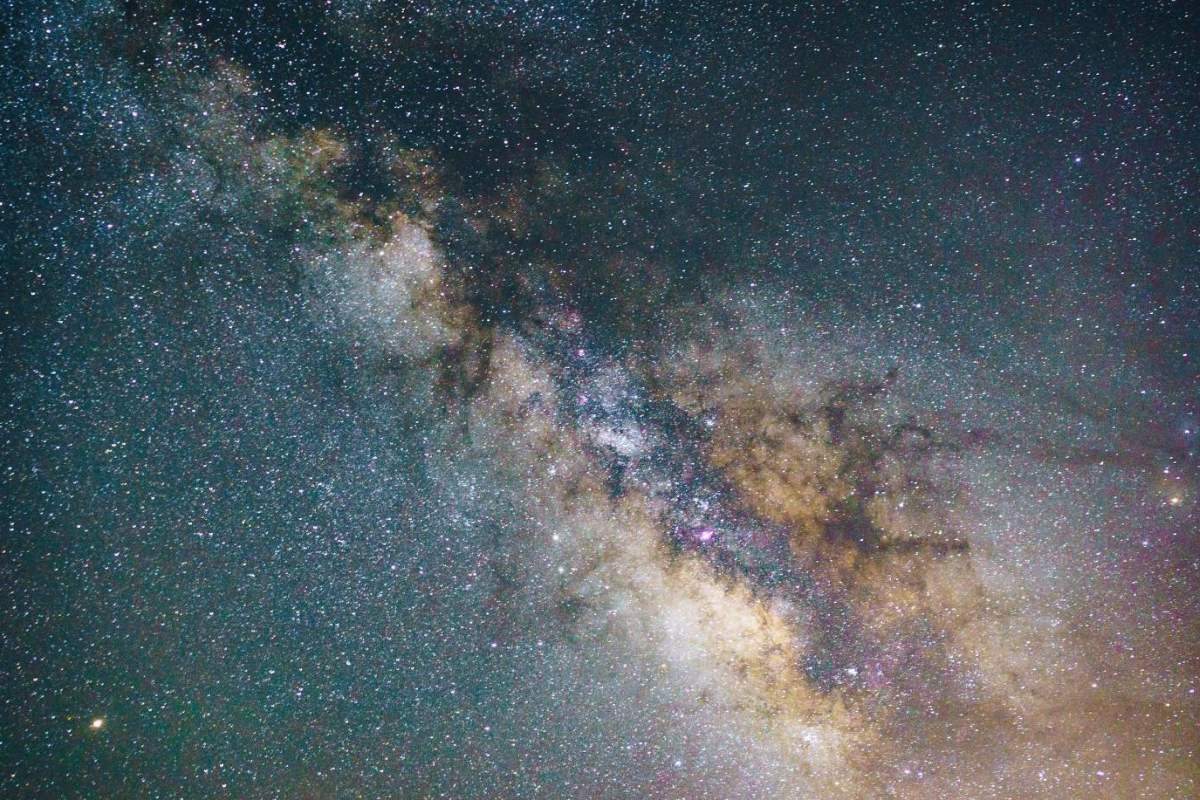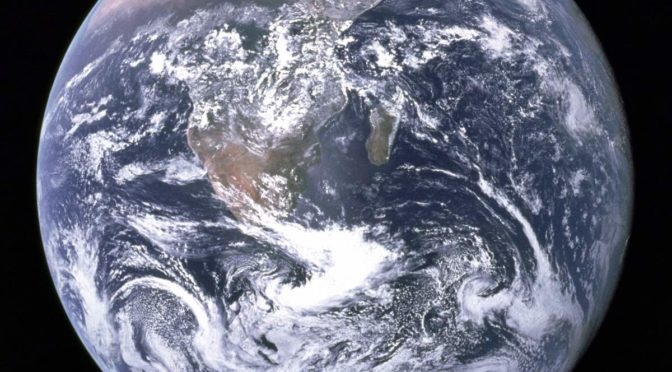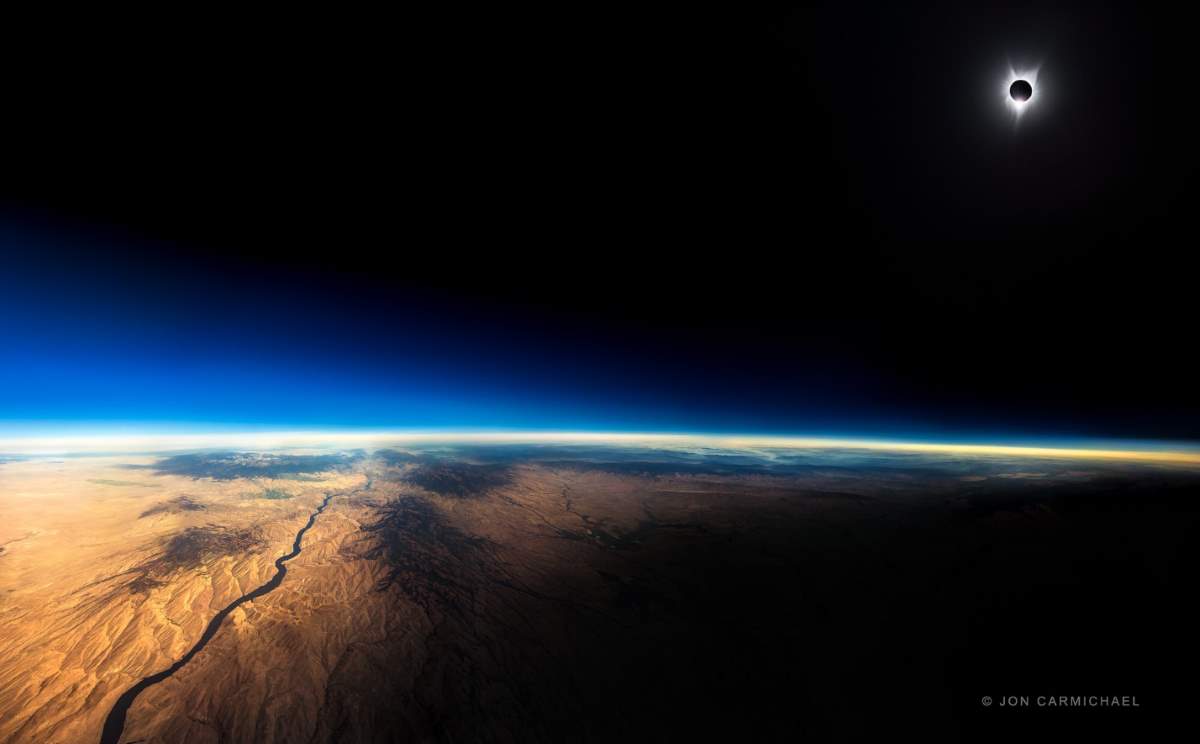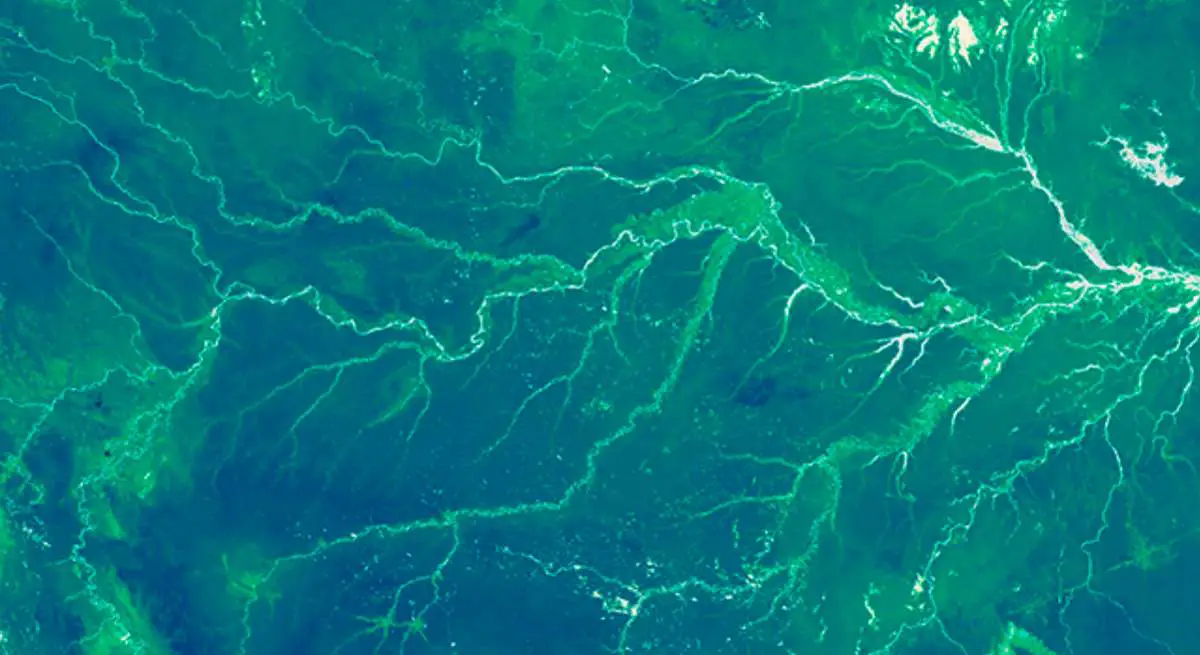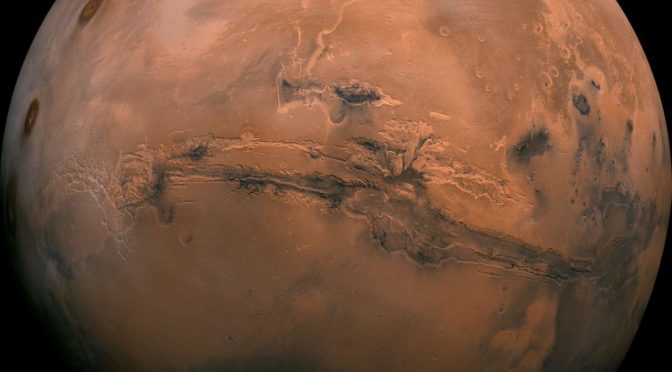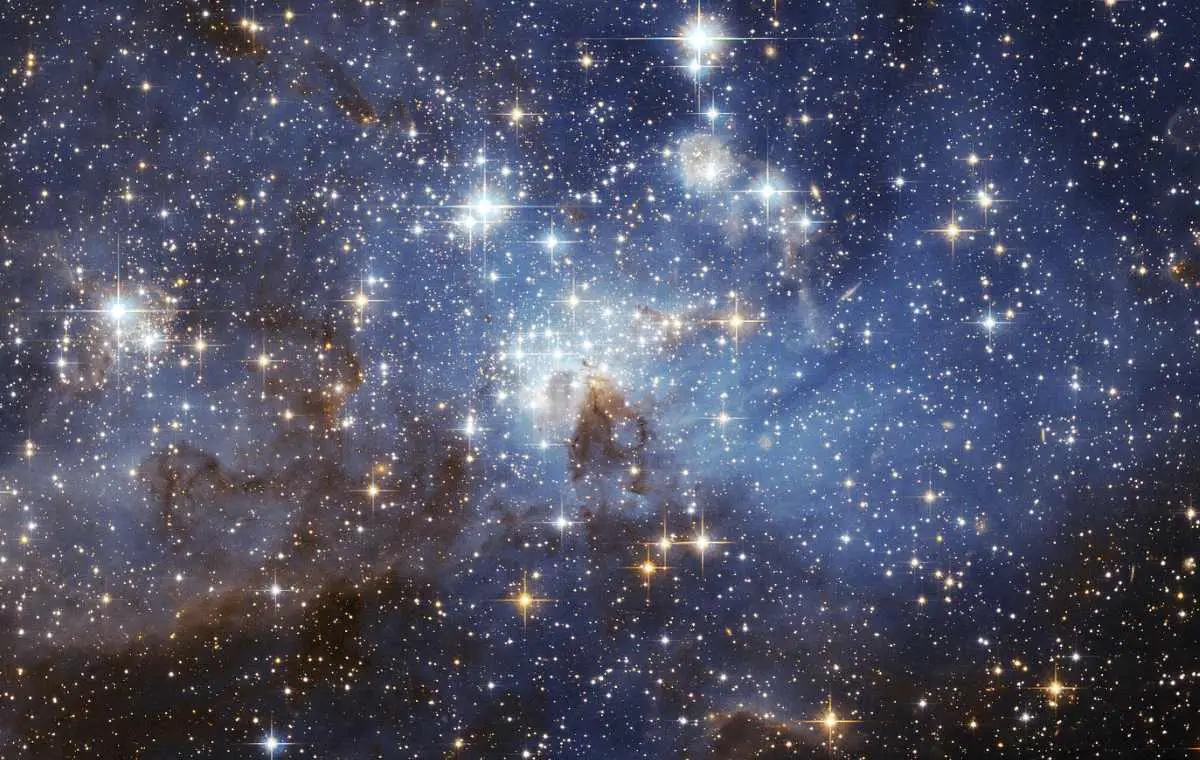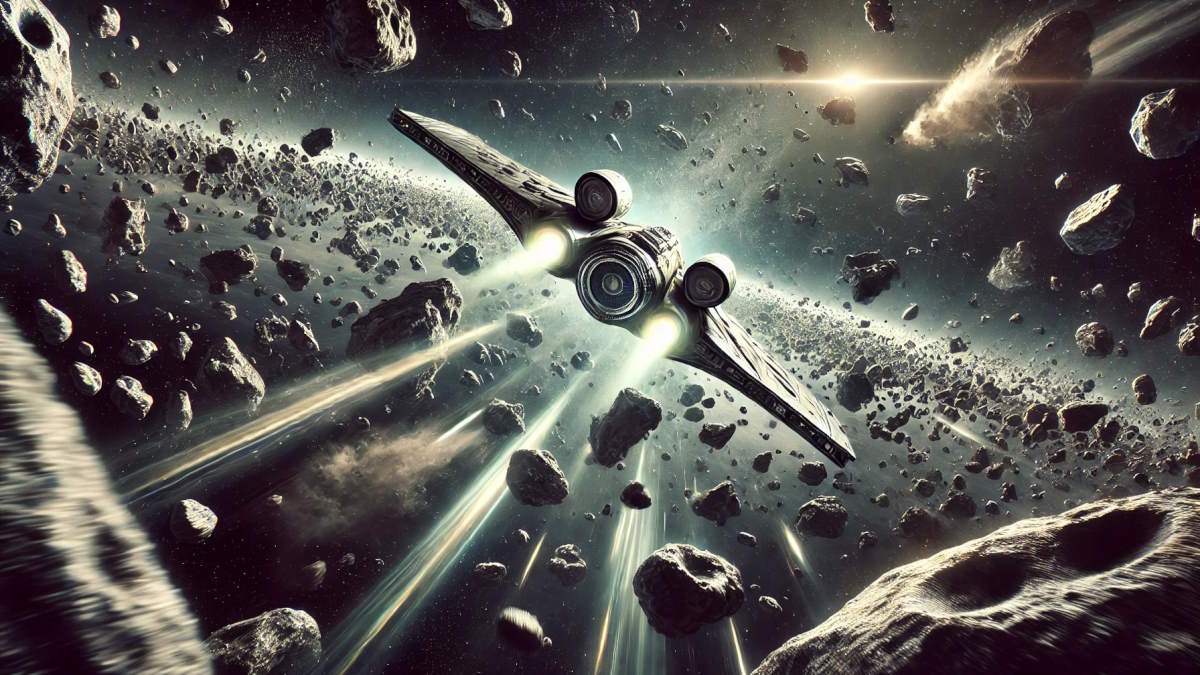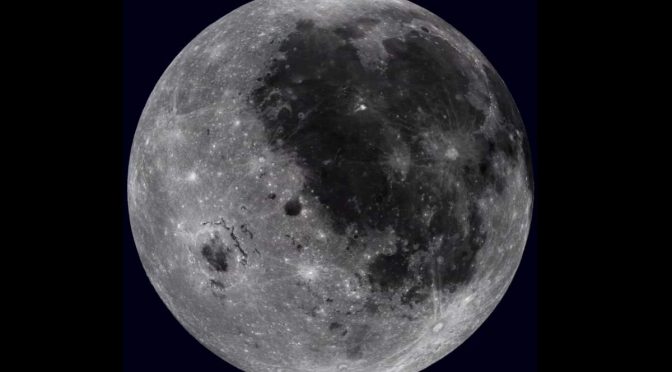The endless depths of the sky intrigue almost all humans alike. Space is like an abstract dream coming to life when it unfolds into a number of unseen horizons. The enormous nebulas, staggering hypernovae and the smattering of countless planets and stars make it a canvas of muse.
We are but a speck of dust in a desert full of possibilities when compared to the vastness of space. There are many realities prospering in the skies above us, it is only natural that we are still unaware of the majority of phenomena taking place on and around the stars.
Just like the count of stars, there are unlimited obscure and consternating facts dwelling in the depths of space. Most of them are surprising and are reminders for us that we are just an addition to the universe. Let us take a swim into the sky with these 10 amazing facts which are bound to fascinate you.
